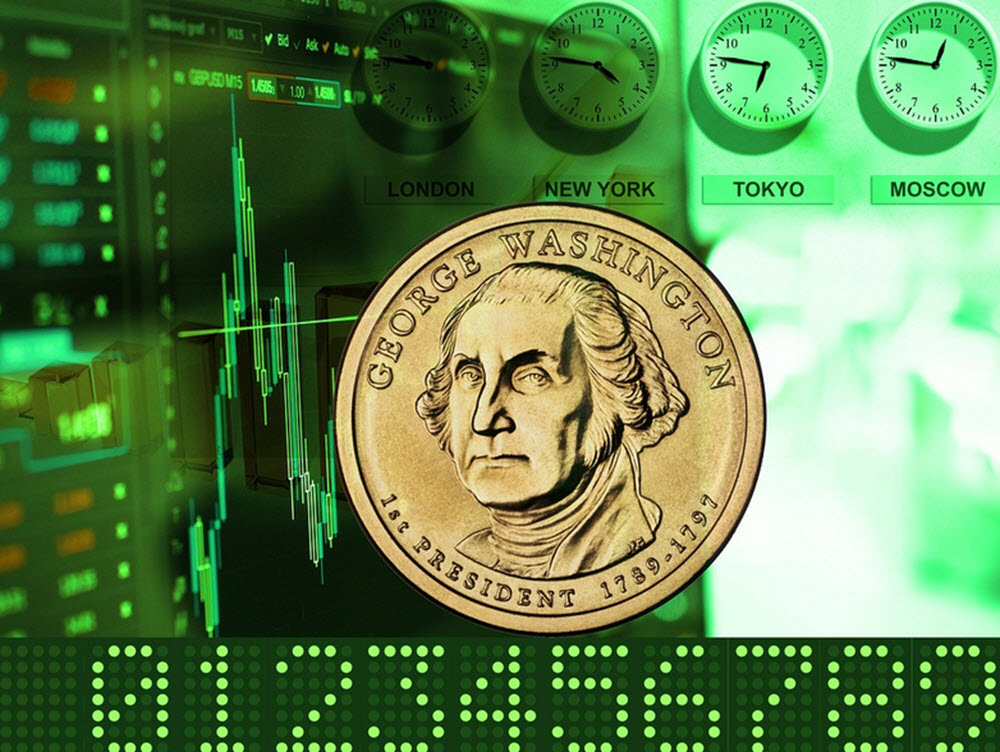Today’s globalised world thrives on exchanging goods, services, and currencies. The foreign exchange market, popularly known as the forex market or FX market, is an integral part of our global financial system. At its core, forex trading involves the buying and selling of currencies, but its implications span far beyond this simple definition. In this article, we will look at forex trading, its mechanics, benefits, risks, and more.
In the 21st century, FX trading has become much more popular among retail traders than before, largely due to the advent of online trading platforms catering to the needs of small-scale traders.
Forex trading, though complex, can be a potentially profitable investment strategy when approached with knowledge, patience, and risk management. Like any investment strategy, it is crucial to understand the mechanics, benefits, and risks of forex trading before diving in.

Understanding Forex Trading
Forex trading refers to the transactional process of exchanging one currency for another. Forex trading is decentralized, with major trading centres located around the globe, including the ones in New York, London, Sydney, and Tokyo, among others. With an average daily trading volume exceeding $6 trillion, forex is the largest and most liquid financial market worldwide.
A primary driving force behind forex trading is to facilitate international trade and investment by allowing businesses to convert one currency into another. However, today, a majority of the market’s activity is driven by traders who aim to profit from fluctuations in exchange rates rather than by corporations who need a particular currency for their business transactions. It is also important to understand that many national banks and similar national entities are active in the forex market, each with its own objective.
According to a report from the Bank of International Settlements, trading in foreign exchange markets averaged US$7.5 trillion per day in April 2022. The most traded instrument type for that month, measured by value, was foreign exchange swaps, which traded for US$3.8 trillion per day on average. The spot trading amounted to US$2.1 trillion per day, on average. In addition to spot trading and foreign exchange swaps, the foreign exchange market also involves a lot of outright forwards, currency swaps (which is not the same as forex exchange swaps), and forex options.
Mechanics of Forex Trading
Forex trading revolves around currency pairs. A currency pair consists of two different currencies compared against each other, e.g. EUR/USD or USD/JPY . The first listed currency is called the base currency, and the second is the quote currency. The currency pair indicates how much of the quote currency is needed to purchase one unit of the base currency.
For instance, if the EUR/USD pair is priced at 1.20, this implies that it would cost 1.20 US dollars to purchase one euro. In this pair, EUR is the base currency and USD is the quote currency.
Traders aim to buy the pair if they believe the base currency will appreciate relative to the quote currency.
Which are the most traded forex pairs in the world?
- EUR/USD (Euro/US dollar)
- USD/JPY (US dollar/Japanese yen)
- GBP/USD (British pound/US dollar)
- AUD/USD (Australian dollar/US dollar)
- USD/CAD (US dollar/Canadian dollar)
- USD/CNY (US dollar/Chinese renminbi)
- USD/CHF (US dollar/Swiss franc)
Why is FX trading appealing to many retail traders?
1. High Liquidity: Due to the enormous size of the frex market, it provides a high level of liquidity, which means currencies can be bought and sold without much price fluctuation during market hours.
2. Accessibility: Forex trading is accessible to a wide range of traders, from large financial institutions to individual investors. You do not need a large bank roll to get started with forex trading if you use a broker and trading platform suitable for retail traders.
3. 24-hour Market: Unlike other markets, Forex trading is available 24 hours a day, five days a week, allowing traders to respond to global economic events in real-time.
Examples of Risks Involved in Forex Trading
1. Market Volatility: Currency prices can be highly volatile, influenced by factors such as geopolitical events, economic indicators, natural disasters, and more.
2. Leverage Risks: If you decide to use leverage, this will add another element of risk. Forex trading often involves using leverage, which means borrowing capital from your broker to make trades. While leverage can magnify profits, it can also amplify losses.
3. Low liquidity for certain fx pairs: While the fx market is the most liquid of all the financial markets, this does not mean that the markets for all individual currency pairs have a lot of liquidity. A vast majority of the total fx market is made up by just a handful of currency pairs. These pairs have immense liquidity, but if you want to trade other pairs, you can find yourself in low liquidity market situations. It can for instance be difficult to sell at your designated stop loss due to low liquidity in the market for that specific currency pair.
This article was last updated on: May 20, 2024

